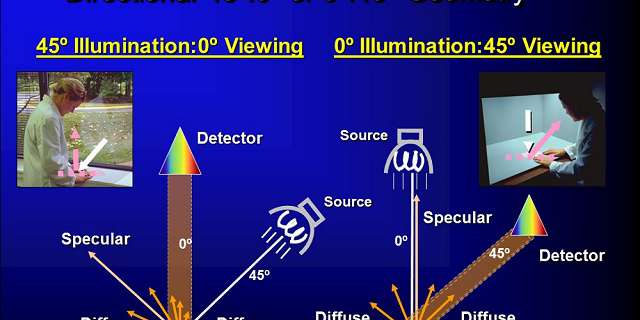
HunterLab does not supply glass or plastic filter transmission standards but here are some sources.
HunterLab would always encourage a client to regularly use the diagnostic options that come with our sphere instruments to verify instrument performance over time.
- Short Term Repeatability on the White Tile to verify the instrument electronics are in good health.
- Green Tile Test for verification that the instrument has not changed in long term photometric performance.
- Didymium Filter Test for verification that the instrument has not changed in long term wavelength performance.
Additional transmission filters can provide an extra level of validation particularly related to the measurement of transparent solid samples (go here for transparent liquid standards). Here are three situations where having one or more additional transmission filters could be helpful:
- When your product is a transparent solid, having a more stable, durable, cleanable and uniform glass filter to serve as a PQ Performance Qualification check filter can validate the measurement process. Each day, after standardization, operators can read the check filter and compare to baseline values measured in the same color scales as the product. If the read values match the baseline values closely, the operator and instrument are performance qualified to proceed to measure production samples.
- Additional confidence in the measurement process can be gained by measuring the color of a uniform glass filter, similar in color to the product, over time. It does not have to be the same color, just in the same area of color space. Documenting the filter results over time helps verify that the product color you measure today is the same as measured weeks, months or years ago.
- When you are conducting an inter-instrument agreement study of transmission color measurements taken on a transparent solid product at multiple sites, inclusion of a glass filter can allow outlier sites to be easily spotted. The glass (best) or plastic filters will be more uniform and stable than the product. All sites should agree closely on a uniform glass filter of similar color as the product. If not, the usual problem is that outlier sites do not have their instrument configured correctly for the measurement. If a site is an outlier on the check filter, their product measurements are also suspect. Stopping the test at this point and figuring out what is wrong is the best path forward.

